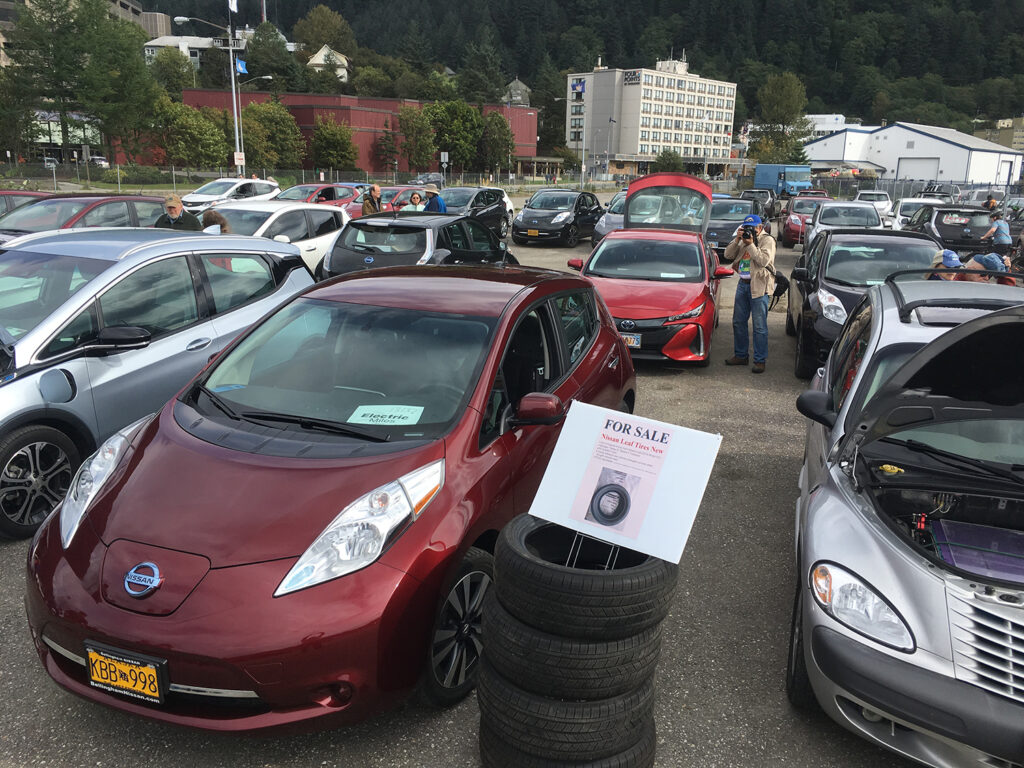
The oil industry’s pushback against electric vehicles arrived in Anchorage last week, but Alaska fans of the vehicles say the criticism is misplaced.
The president of the American Petroleum Institute, speaking at the Alaska Oil and Gas Association conference on Aug. 30, blasted a proposed Biden administration rule aimed at accelerating use of electric vehicles.
“The Biden administration proposal to regulate tailpipe emissions is one of the most sweeping consequential and far-reaching regulatory proposals that we’ve seen so far,” API President Mike Sommers told the AOGA audience.
“I’ve been here in Alaska for a few days. I’ve yet to see an EV. As many of you know, because you don’t buy them, these EVs don’t work in cold weather. This is not a solution for Alaska,” Sommers said. “We know that isn’t the right solution for the United States. We know it’s not even a practical solution. And it’s certainly not a solution for Alaska.”
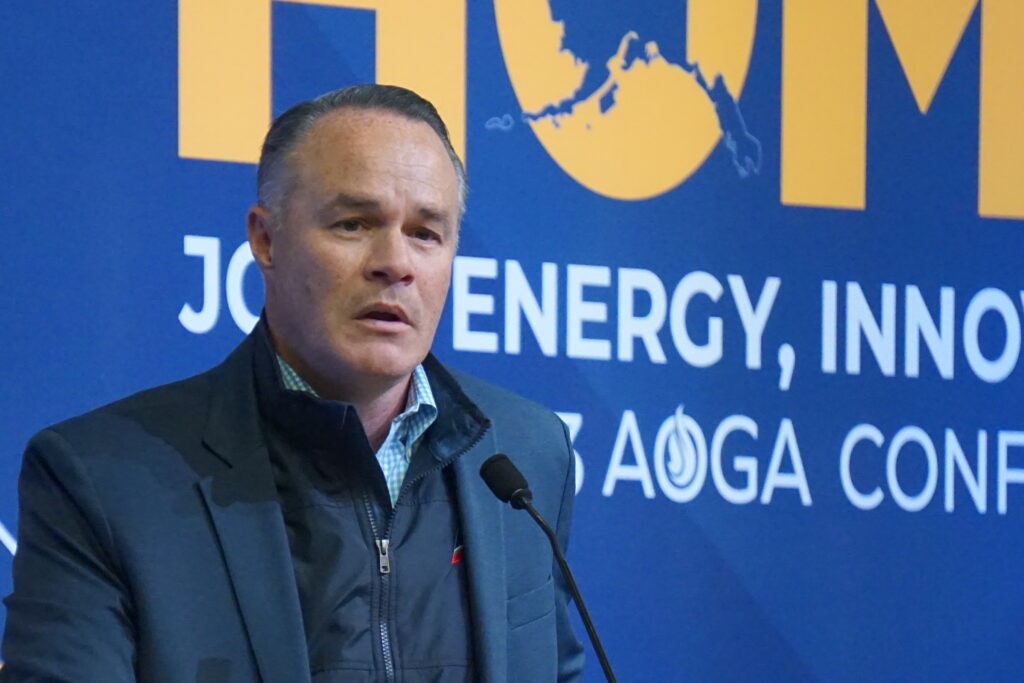
Conversion of the auto fleet from gas power to electric power is seen as a long-term threat to the oil industry in Texas and elsewhere – and the Biden administration proposal, which sets a target of EVs making up two-thirds of new car sales by 2032, has been vehemently opposed by oil and gas organizations and by politicians from states that produce fossil fuels. Sommers echoed those arguments, saying the proposal shows the need to “get government out of the business of mandating how we fuel our cars or how we cook our food.”
Alaska EV fans say Sommers’ claims about the state are incorrect.
There are about 2,300 electric vehicles in use in Alaska, according to Chugach Electric Association, making them a tiny but rapidly growing share of the state’s auto market.
“Tell the oil guy not to be such a lump of coal,” said Dimitri Shein, executive director of the Alaska Electric Vehicle Association.
Shein spoke from a coffee shop where he was looking out the window at the Tesla he has been driving in Alaska for the past six years. It has performed well, he said, including during last summer’s Arctic Road Rally, in which he and others drove their EVs from Fairbanks to the northern point of the Dalton Highway at Prudhoe Bay and back.
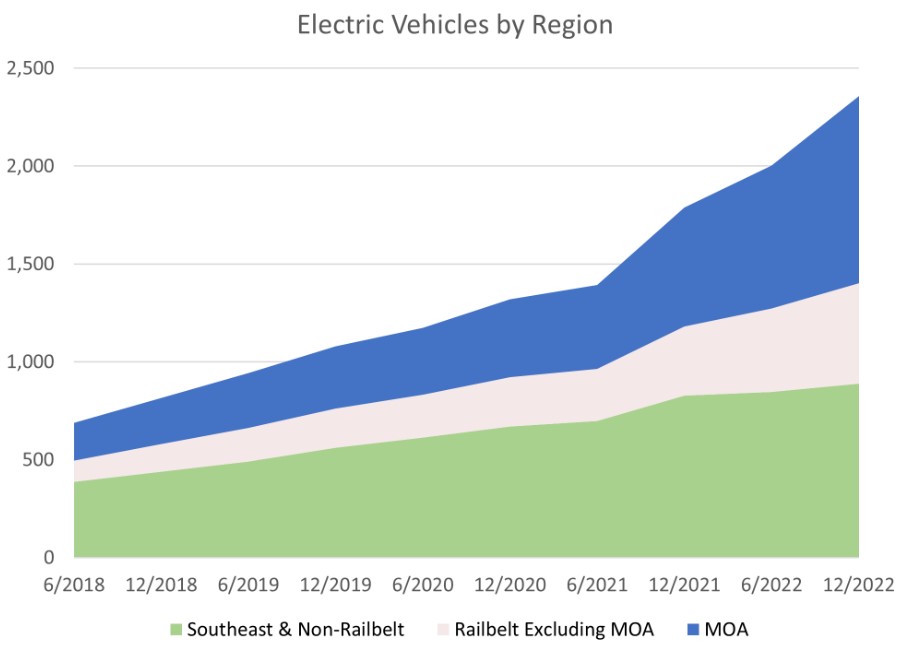
The main challenge for EV use in Alaska, Shein said, is not the Alaska environment but a too-sparse charging infrastructure. Fast-charging stations, which can power up EVs in as little as 20 minutes, are much in demand, but there is only one in Anchorage and none in Girdwood, he noted. Most EV owners charge their cars at home, he said.
Through the Infrastructure Investment and Jobs Act, Alaska has been allocated $52 million to boost its EV charging network. The money is to come in over five years and is being administered by the Alaska Energy Authority.
As for the argument that EVs cannot work in Alaska’s cold climate, Shein said, “that’s just another scare tactic.”
He does need to charge his car more frequently in winter, every day or two, compared to the general summer schedule of about once every three days, he said. That is in part because snow on roads requires more energy for vehicles to navigate, he said. But there are advantages to EV use in winter over gasoline-fueled cars, too, he said. “I can warm my car up in the garage, which I can’t do with a gas car,” he said.
Others in Alaska have positions that fall between those expressed by Sommers and Shein. Among those with doubts about expanded EV use in some areas in Alaska is the state’s lone U.S. House representative.
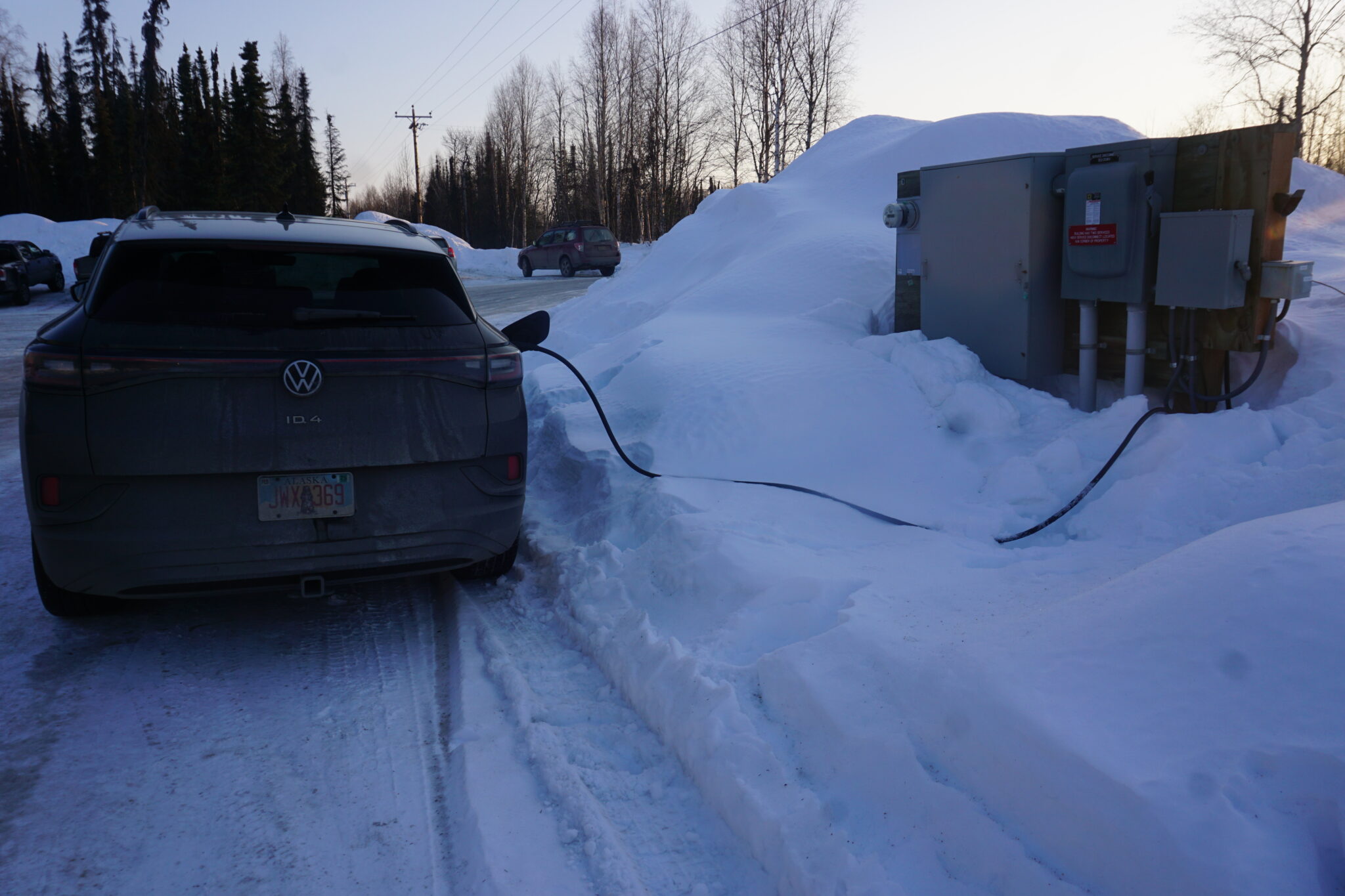
Even with an expanding market charging network, it will be difficult to carry out the proposed Biden administration rule in rural areas where electricity costs are notoriously high, said Rep. Mary Peltola, D-Alaska.
“Here’s the thing: If you are paying 11 cents a kilowatt-hour, like you are in Juneau, it works really well. But if you’re paying 67 cents a kilowatt-hour and it’s generated by diesel, is that ultimately the right direction? If you live in a community that has affordable energy, electricity rates, and if that electricity is generated in a low-carbon way, then it makes sense. But if either one of those isn’t true, then it doesn’t make sense,” she said in a brief interview last week.
She and Rep. Marie Gluesenkamp Perez, D-Washington, are asking for leniency to accommodate rural regions. Climate change is a serious threat, and an energy transition is needed, the two said in an April letter to the heads of the departments of Transportation and Energy and the Environmental Protection Agency. “However, in making that transition, we cannot leave rural communities or working families behind,” their letter said.
Peltola said she is open to suggestions about making EV use more practical in rural Alaska. “I’m happy to work with everybody and anyone and make it work here. If this helps drive our electric rates down, then I’m on board,” she said.
EPA Administrator Michael Regan, who spent much of last week on an Alaska tour, said the administration is listening to those pleas for leniency. The plan is for the new rule to be flexible enough to account for varying conditions and needs across geographic areas, he said.
“I think that what I’ve done is try to balance what we want to do from an environmental standpoint along with the available technology. We recognize that EVs will be a significant piece of that. But we also recognize that advanced biofuels will also be a significant piece of that,” he said during a Thursday news conference in Anchorage.
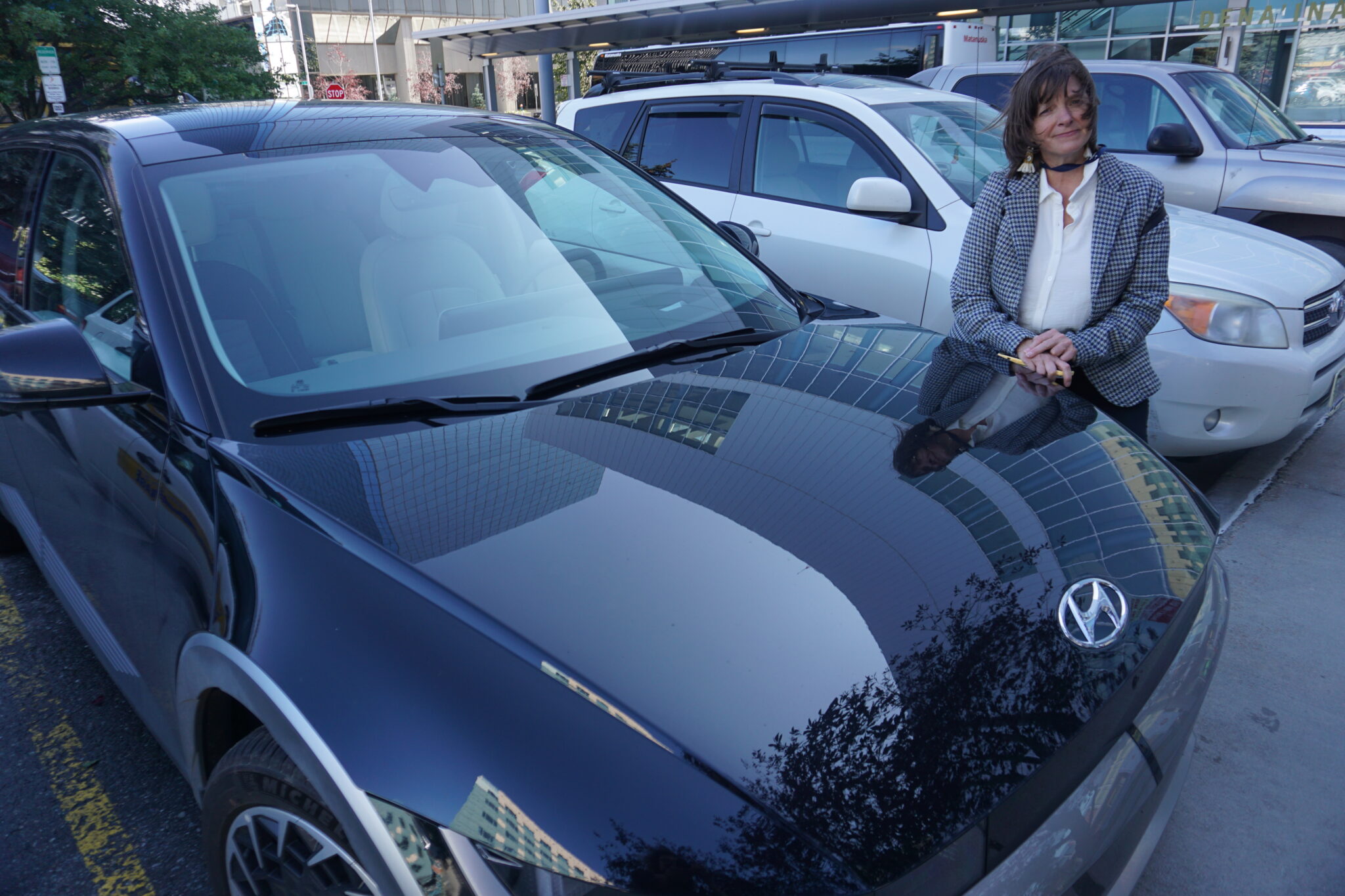
The administration understands that “in different parts of the country people would like to have different options and different solutions,” he said.
The goal is to have a rule that accomplishes emissions reductions however possible, he said.
“That’s what this discussion should be about. And I’m listening to everyone, all of our stakeholders, over the next couple of months as we think about: How do we finalize our car and truck rules?” he said.
There is one cold region of the world where the transition to EVs has been swift: Scandinavia.
Norway is the “EV capital of the world,” according to that country’s tourism office, and 79% of the cars sold there in 2022 were electric, the Paris-based International Energy Agency reports. Another 9% were hybrids. Other Nordic nations also have high rates of EV sales in 2022, ranging from 38% in Finland to 70% in Iceland, according to the IEA.
Tax incentives, an abundance of charging stations and other government policies have made EVs popular in the Nordic nations, according to the IEA.
Alaska Beacon is part of States Newsroom, a network of news bureaus supported by grants and a coalition of donors as a 501c(3) public charity. Alaska Beacon maintains editorial independence. Contact Editor Andrew Kitchenman for questions: info@alaskabeacon.com. Follow Alaska Beacon on Facebook and Twitter.




